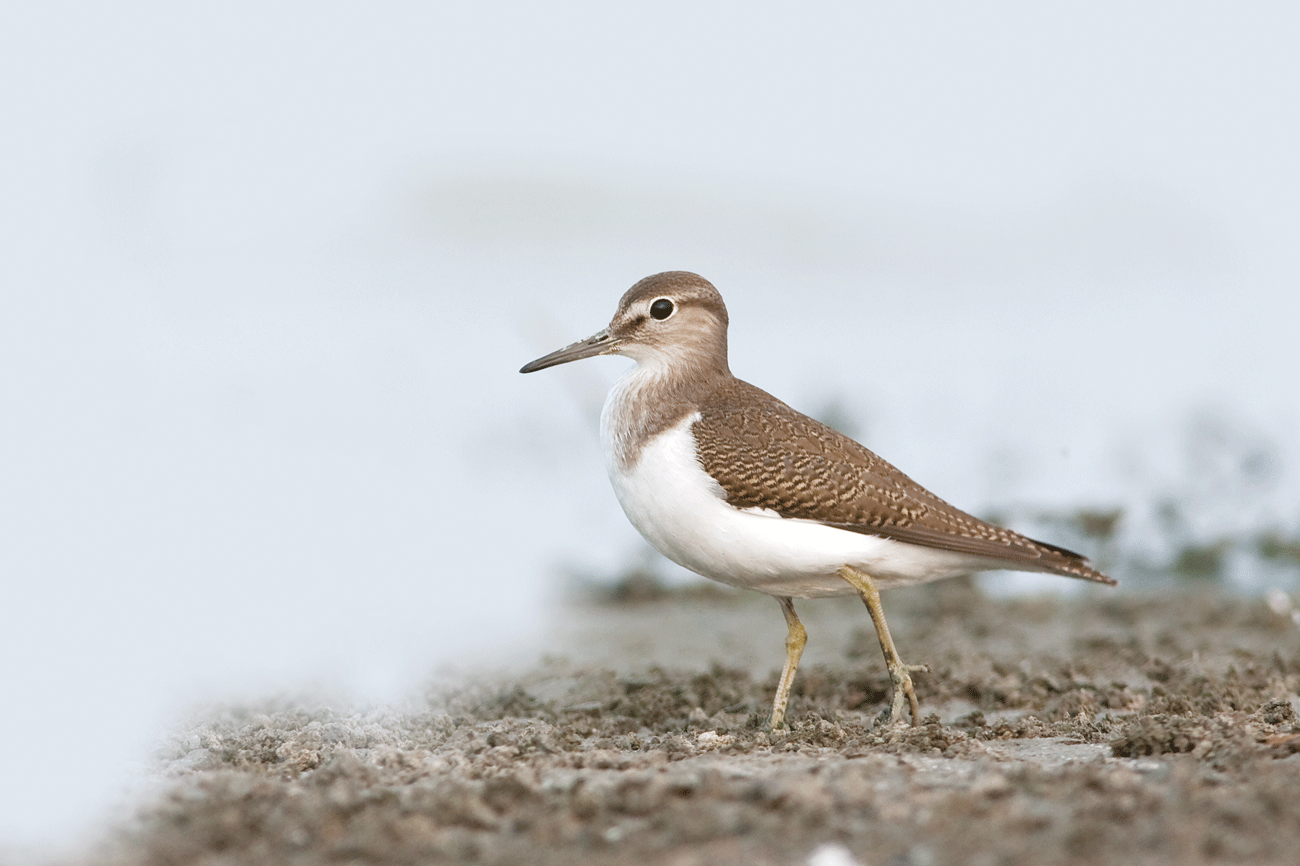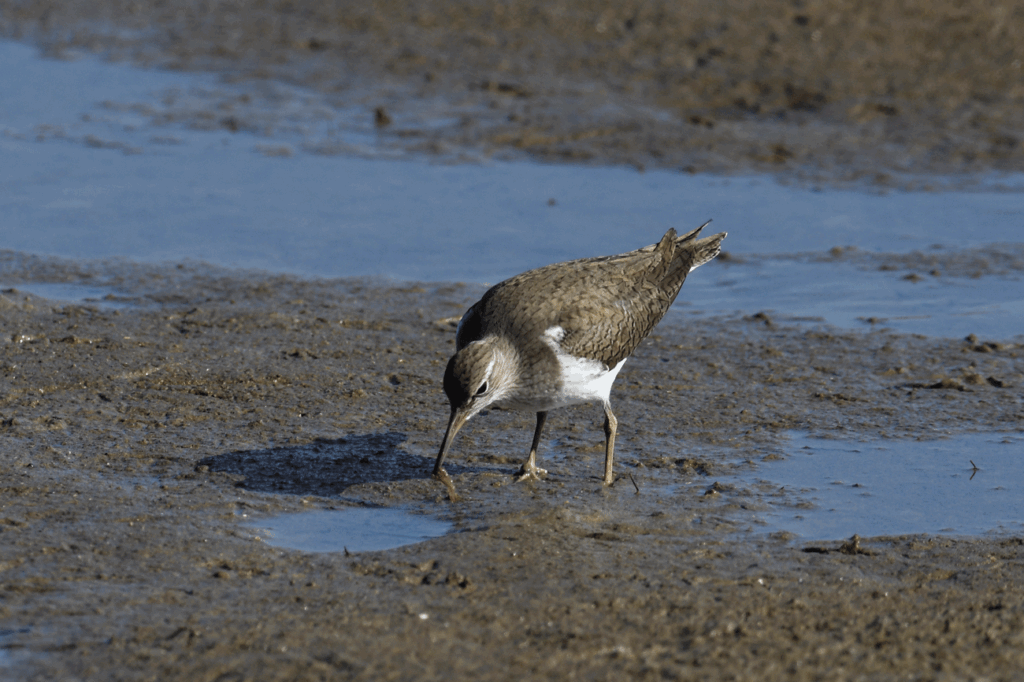
There’s a fascinating little bird they call ‘common’ but like many others who share its first name – such as Crossbill and Gull – it isn’t. Well not around here.
The Common Sandpiper, a rather pot-bellied wader about the length of a Pied Wagtail, is a fast mover.
It arrives in Britain from early April following an arduous flight over the Sahara Desert. There it has been seen gratefully dropping in to refuel before continuing into southern Europe and further north to breed.
Some settle for Scandinavian countries but, unlike many other wading birds who prefer to raise their young on the Tundra, others nest with us in the northern counties of England, and also Wales and Scotland.
The big attraction are our boulder strewn, fast-flowing upland rivers which provide cover for their chicks and plenty of insects along their stony margins.
One characteristic feature of these birds is their unquenchable desire to go for a wee. Why else would they be constantly bobbing up and down in apparent desperation? Their chicks quickly inherit the same trait.
They don’t hang about when breeding. Eggs are laid on the ground and by the end of May, if all goes well, there will typically be two fluffy chicks hunting for food as they wade in the shallows under the watchful eyes of their protective and vocal parents.
I was pleased to ‘accidentally’ come across a couple of breeding pairs while I was walking beside rivers in Wales this year. Their whistling alarm calls gave them away on both occasions. They were clearly wary of me and the obedient youngsters quickly scurried for cover. I did likewise.

The Common Sandpiper’s stay with us is all too brief. Some females leave within two weeks of hatching their young. Before it is even mid-summer counties like Surrey begin seeing an influx of adults stopping over to feed on the edges of reservoirs and open water.
This year there have been unusually high numbers of them on the return journey in our county. I’m still hoping to see one locally this autumn – but I mustn’t be greedy.
I was well satisfied with sightings earlier in the spring when I found migrating adults on four different Cranleigh venues. The species is easily missed and probably drops in annually at suitable sites in and around our village but there are only a handful of official records.
The last one I saw here was way back in 1988 so I was delighted to be rewarded for braving foul weather on Easter Monday in the hope the rain had ‘downed’ something interesting. At first I thought I’d heard a Kingfisher so I waited for five minutes in case it re-appeared.
Then I spotted the ‘Common Sand’, bob, bob bobbing along as it probed the edge of the undergrowth on a small island where a Greylag Goose was nesting. Its muddy brown back provided excellent camouflage but closer scrutiny revealed some beautiful black markings which I reckoned were not dissimilar to the shape of Swifts.
It then flew fluttery style, revealing prominent white bars on its downturned wings, and posed on a tree stump 20 metres away. I returned the following day and was not surprised to find it gone.
Another of my unexpected encounters came in May. Now the Common Sandpiper is hardly a garden bird but anything can happen – and often does in the birding world.
I heard one calling near the A281 as it flew over a public footpath and then saw it dip down behind some trees. It landed on the wooden decking at the edge of a garden pond, much to the delight of the owner, who I quickly alerted. There it dozed briefly before flying away.
‘Common Sands’. Blink and you’ll miss ‘em.











